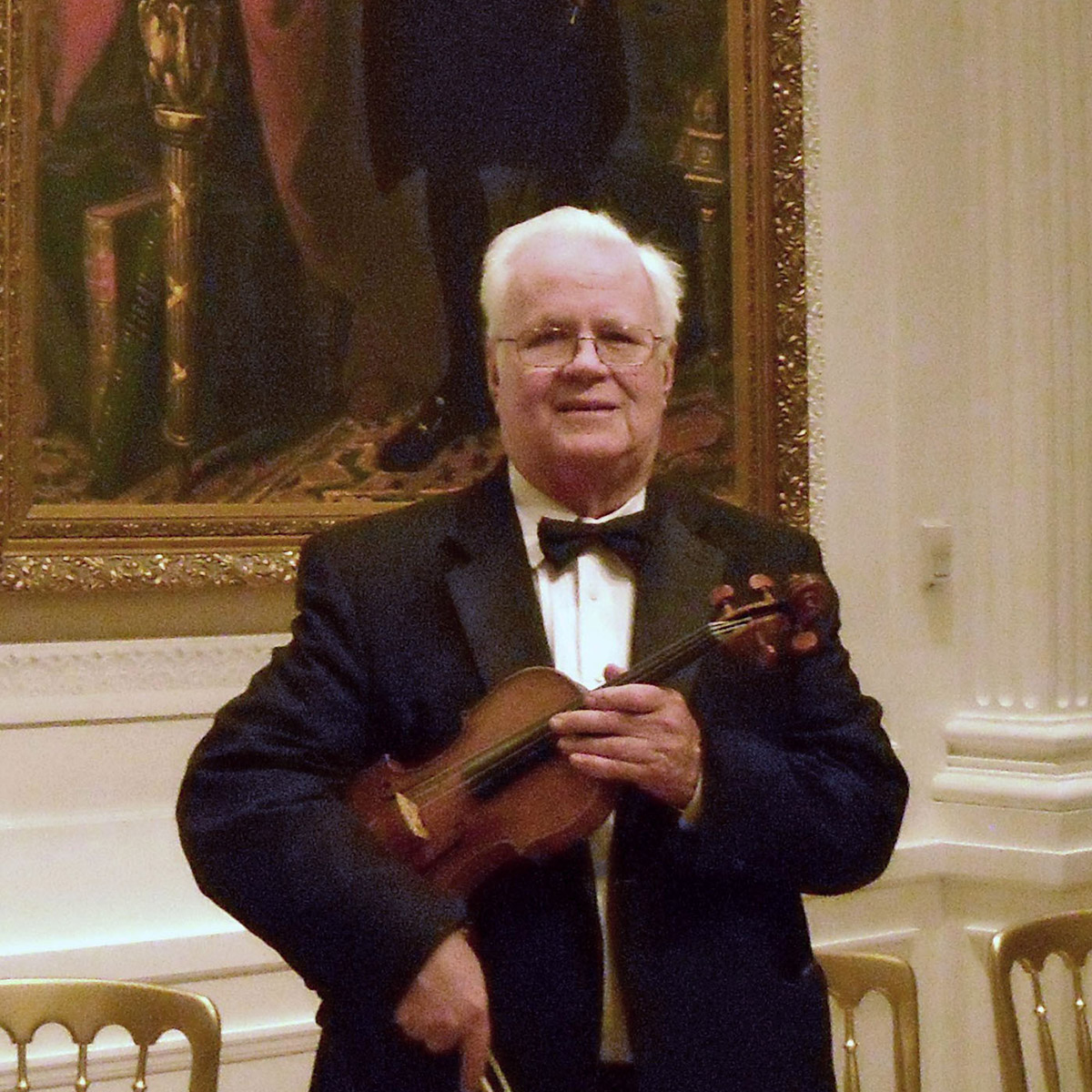 Richard Kenyon, Torchbearers
Richard Kenyon, Torchbearers
Legacy Society member and violinist for
the Southern California Philharmonic
When Richard Kenyon was in junior high school, he became fascinated with the beautiful patterns of mathematics. Although his father, an engineer, thought his son would be better served by studying more “practical” subjects, he gave the young Kenyon a book on number theory. The boy wrote to the authors to inquire about practical applications.
“They never wrote back, probably not realizing I was just a young boy,” he shares. “But I continued to love math and became interested in computers before they became commonplace.”
Kenyon earned a bachelor’s degree in physics from Purdue University in 1950. After graduation, reasoning that the cost of an additional degree would be offset by the increased salary an advanced degree would afford, he obtained an MS in electrical engineering the following year. He then took the opportunity to work with a very early computer at Bell Labs—before it became a computer powerhouse. Four years later, he returned to his alma mater, which had just installed a much more powerful computer.
As a doctoral student, Kenyon taught computer programming classes at Purdue. He was named an assistant professor in the Division of Mathematical Sciences in 1961, after he received his PhD in electrical engineering. When Purdue established a computer science department the following year, he became one of its founding faculty members.
In 1965, Kenyon left Purdue and took a job in the computer center of aerospace and defense contractor McDonnell Aircraft Corporation. The job eventually brought him to California to focus on microcomputer projects. As he kept apprised of computer science news, his attention was drawn to Caltech. He participated in various programs on campus and in 2011 even managed to secure a seat in a packed Beckman Auditorium to attend a lecture by Stephen Hawking.
In retirement, Kenyon developed a curiosity about his family ancestry. This, in turn, sparked an interest in molecular biology and DNA analysis. He returned to Caltech to hear geneticist Svante Pääbo deliver a guest lecture about sequencing Neanderthal DNA.
As Kenyon pondered what kinds of medical breakthroughs he might help fuel through his philanthropy, his thoughts again turned to Caltech. With non-taxable qualified charitable distributions from his IRA, Kenyon established the Kenyon Research Fund. The fund is designated for fundamental research in biology and will be amplified through his estate plan. Kenyon is excited about supporting discoveries that could lead to insights in neuroscience and refinements in precision medicine and diagnostics.


